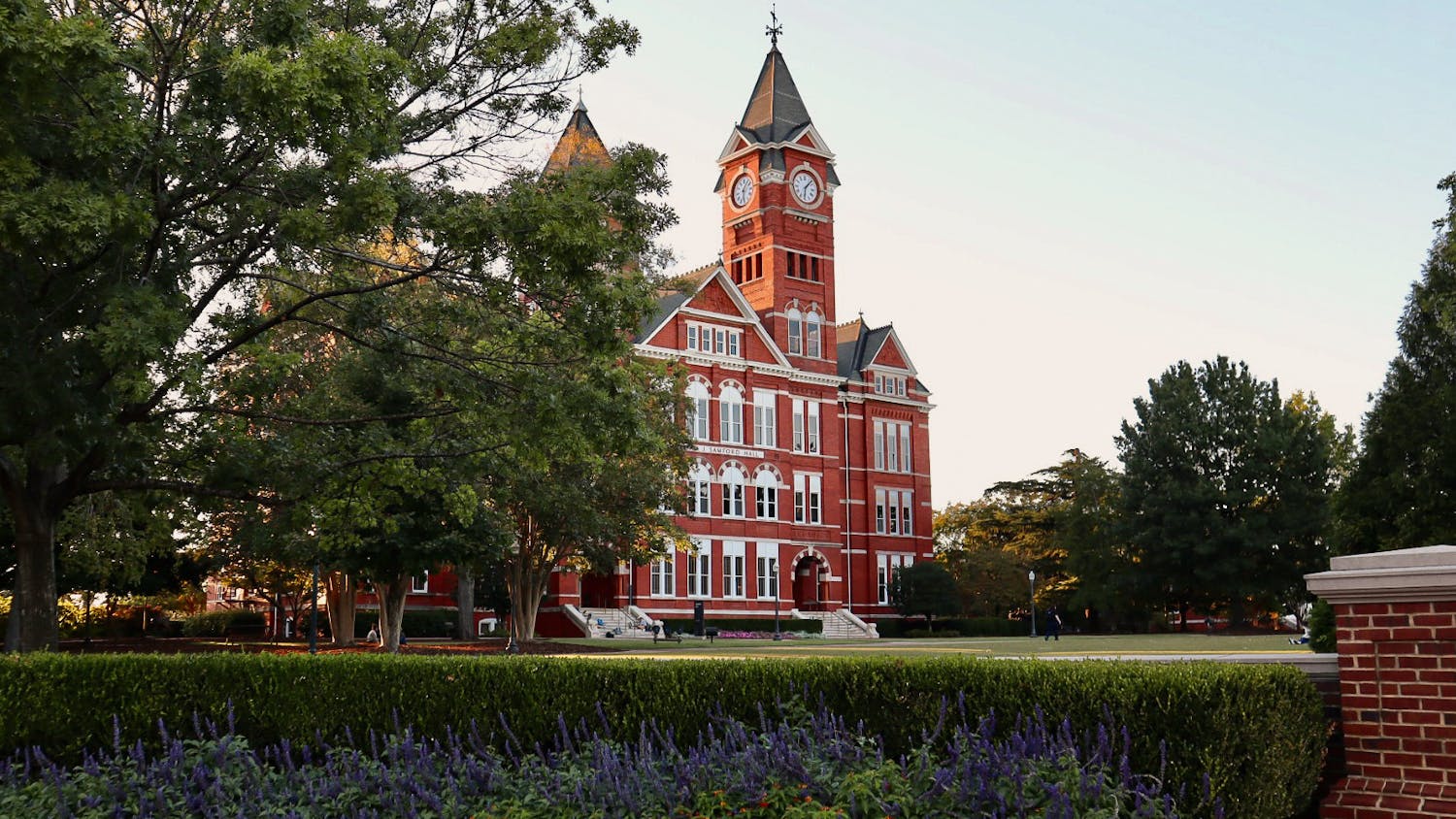A study by the Southern Environmental Law Center reported Birmingham has the most soot-filled air in the South.
"Birmingham has been under the shroud of air pollution for far too long," said Kat McCue, senior communication manger for the SELC. "The impact on residents is real because of exposure to high levels of pollution."
The Environmental Protection Agency classifies soot as particulate matter that causes pollution.
Birmingham is Alabama's largest city. It has a growing reputation for its health care with the help of Dr. James Andrews of the Alabama Sports Medicine and Orthopedic Center, but it also has a history of steel production that has led to the current air-pollution problem.
"One of the contributing factors to air pollution in Birmingham is partly due to the vast amount of people who live in suburbs 20-50 miles outside of the city limits that drive into the city for work," said Traci Montgomery of Birmingham. "There is a lack of public transportation services and a large amount of single-passenger cars commuting into the area every day adding to the growing amount of air pollution that Birmingham is experiencing."
As is typical of many large industrial cities, Birmingham has problems stemming from power plants and car emissions, said Cory Musuca of the Jefferson County Department of Health.
"We are working closely with the EPA to develop control strategies that will apply to certain industries to reduce particulate matter," Musuca said.
Another report by the SELC lists the problems, the sources of the problems and the solutions.
This report said the source of soot pollution is not only motor vehicles, but also the three old coal-fired power plants that put sulfur dioxide and nitrogen oxides in the atmosphere.
These plants are predicted to account for 89 percent of sulfur dioxide and 50 percent of nitrogen oxide by 2012, according to the report.
According to the report, one problem is that the America Lung Association ranks Birmingham fifth in the country for soot.
Deposits of mercury from power plants and other sources become toxic in surface waters, according to the EPA Web site.
High levels of mercury have caused Alabama health officials to place restrictions against residents consuming fish harvested from nearly 40 bodies of water in the state, including Opossum Creek, Valley Creek and Lewis Smith Reservoir. One gram of airborne mercury can contaminate a 20 acre lake, according to the EPA Web site.
The report also said more than 17 percent of Alabama teens between ages 15 and 18 suffer from asthma, a condition which is aggravated, and sometimes caused, by ozone pollution.
"This is an unacceptable rate of asthma in young people," McCue said.
According to the EPA Web site, the size of pollution particles is directly linked to their potential for causing health problems.
The EPA's Web site said it is concerned about particles that are 10 micrometers, one thousandth of a millimeter, in diameter or smaller because those are the particles that generally pass through the throat and nose and enter the lungs.
Once inhaled, these particles can have negative health effects on the heart and lungs.
"Birmingham has to bring the three coal-fired plants into a much better pollution control status," McCue said.
The solutions in the report include reduction of mercury emissions from the power plants through state legislations, developing a long-range transportation plan and make energy efficiency and renewable energy sources a top priority.
Do you like this story? The Plainsman doesn't accept money from tuition or student fees, and we don't charge a subscription fee. But you can donate to support The Plainsman.




